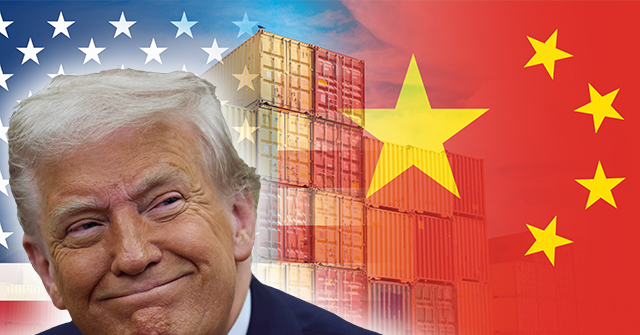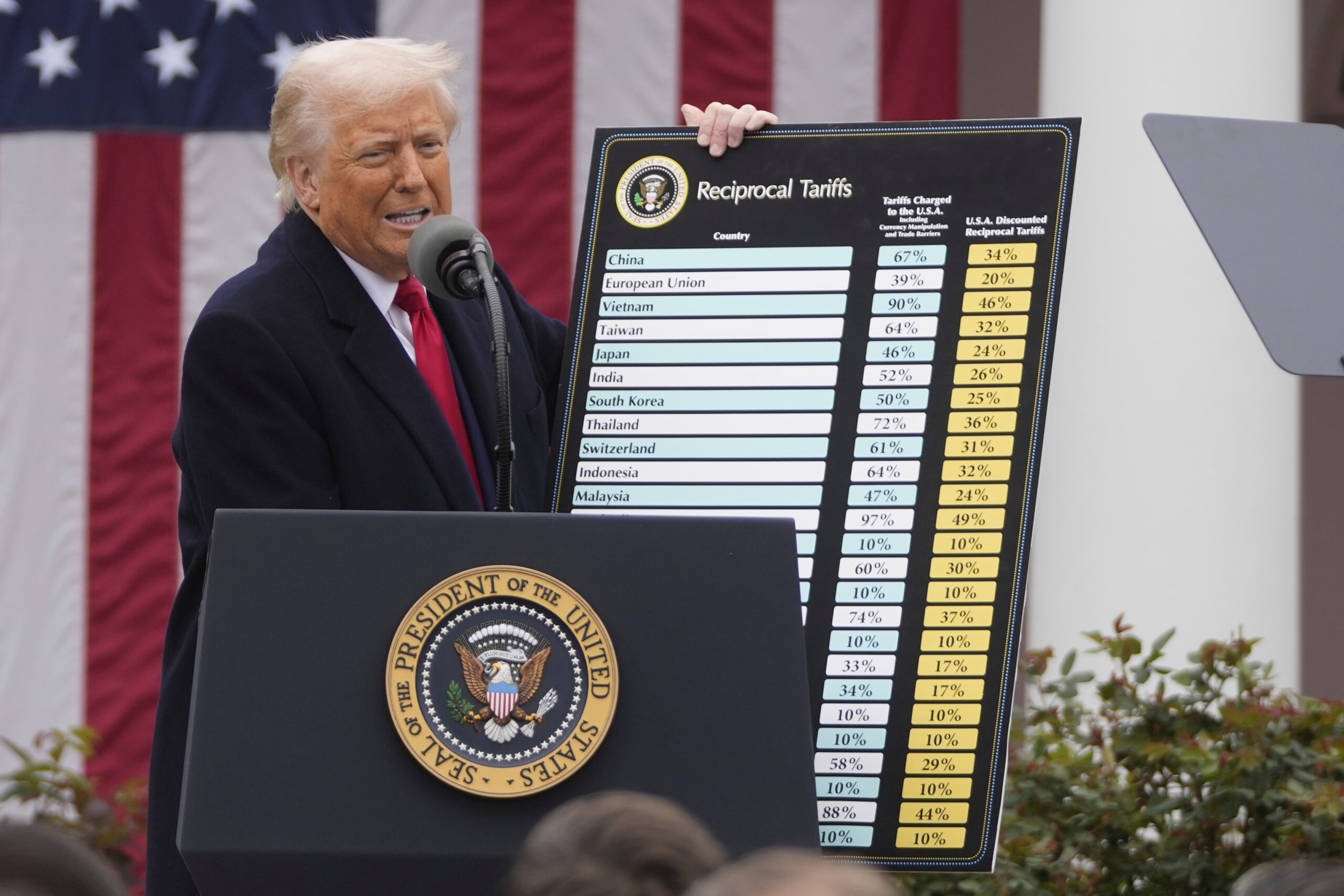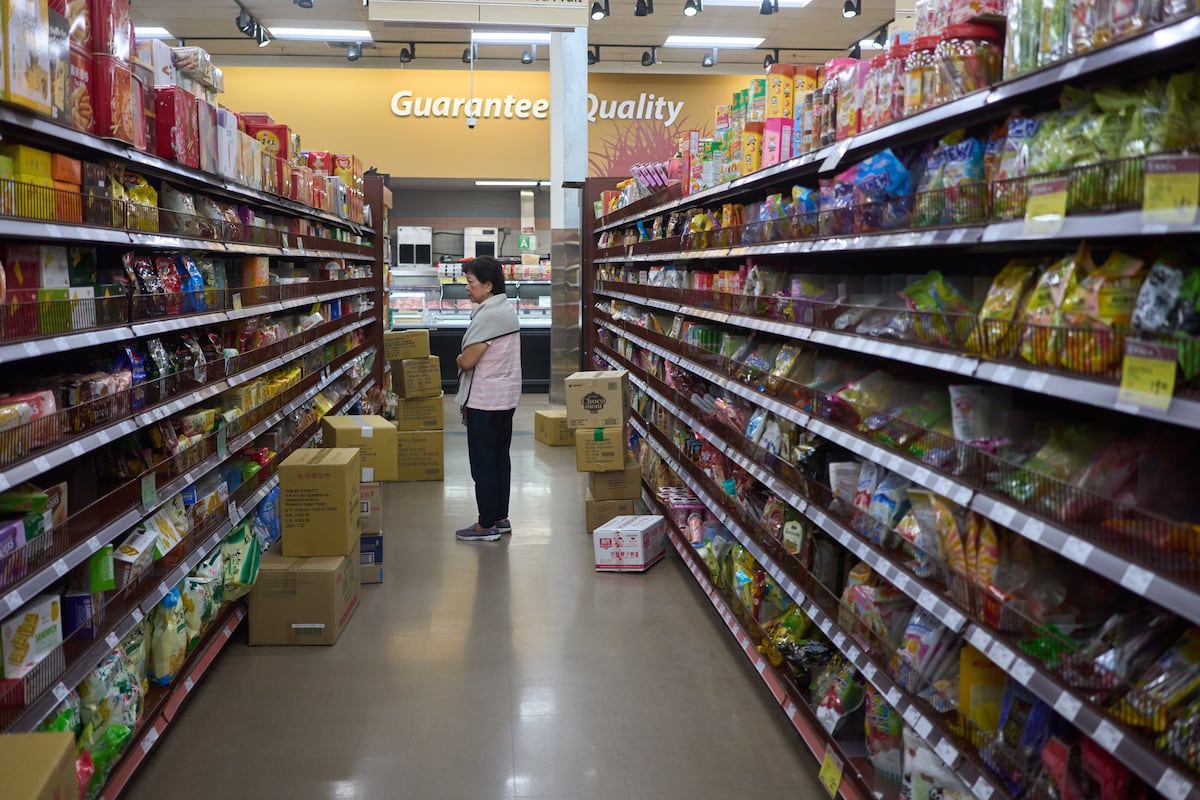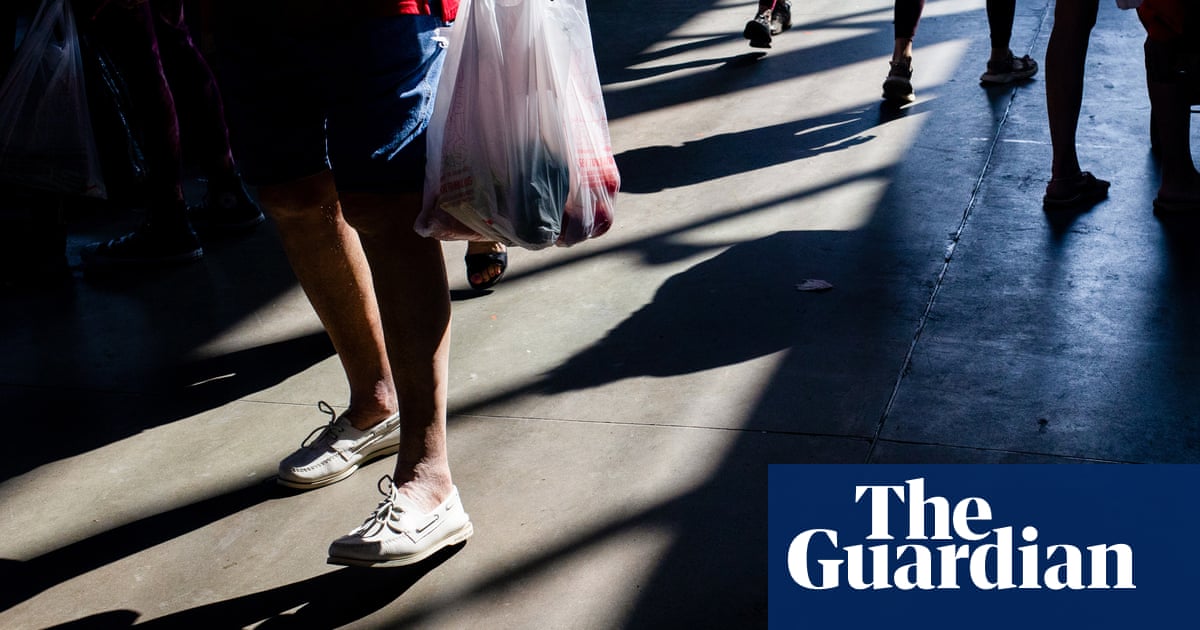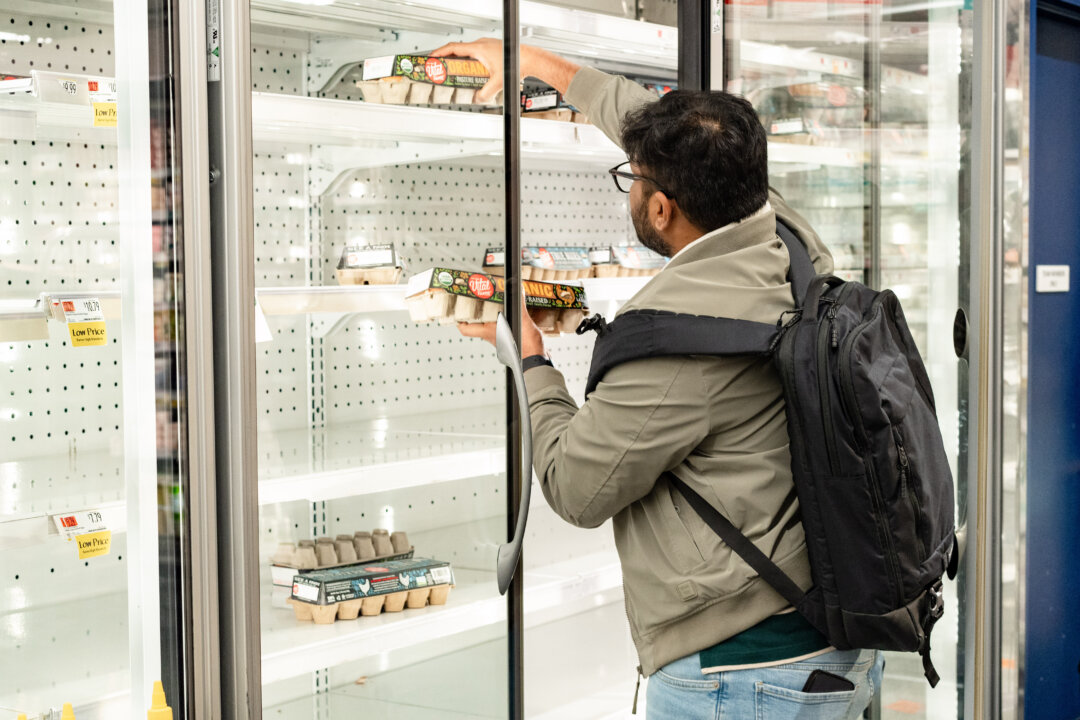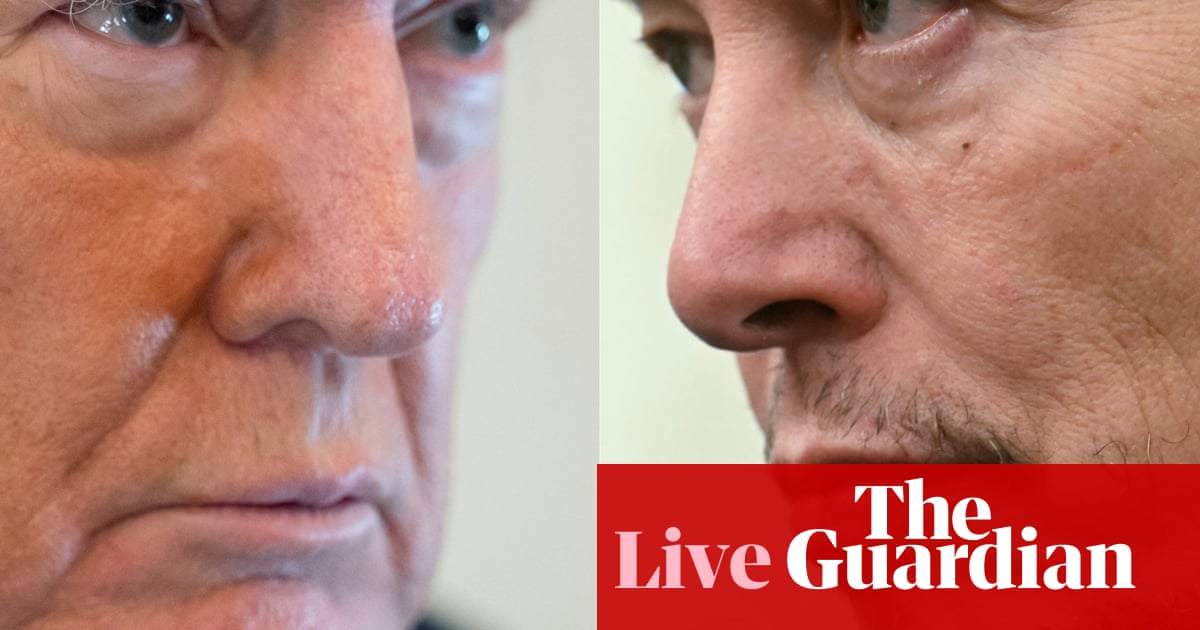U.S. Economy Faces Challenges Amid Tariffs and Rising Jobless Claims
The U.S. economy is experiencing rising inflation and jobless claims, influenced by President Trump's tariffs and ongoing trade tensions with China.

Trump: US, China strike ‘deal’ on minerals
Boston Herald

Why Trump Is Losing His Trade War
The Atlantic

U.S. strikes trade deal with China, Trump says
World News Group
Subscribe to unlock this story
We really don't like cutting you off, but you've reached your monthly limit. At just $5/month, subscriptions are how we keep this project going. Start your free 7-day trial today!
Get StartedAlready subscribed? Sign in
Overview
- President Trump has implemented new 10% tariffs on Chinese imports, part of a broader strategy affecting various countries.
- U.S. inflation rose to 2.4% in May, with experts warning that tariffs could lead to higher consumer prices.
- Jobless claims reached 248,000, the highest level in 8 months, indicating potential layoffs amid economic uncertainty.
- Federal Reserve Chair Jerome Powell highlighted the challenges of managing inflation and unemployment due to tariff impacts.
- Despite rising jobless claims, U.S. employers added 139,000 jobs in May, showcasing a complex economic landscape.
Content generated by AI—learn more or report issue.

Get both sides in 5 minutes with our daily newsletter.
Analysis
Emphasizes economists' projections on inflation stability amid fluctuating gas prices and trade agreements.
Economists had projected that falling gas prices would keep the overall monthly inflation rate in check.
Economists say that gradual price increases will likely stay.
The promise of huge flows of painless money from tariff revenues is evanescing as the fantasy it always was.
Trade concerns have eased somewhat with the U.S.-China agreements.
Emphasizes the impact of tariffs and rising jobless claims on the U.S. economy.
New 10% tariffs have been implemented by Trump on imports from China and other countries, with China retaliating with a 10% import tax.
The Labor Department reported that 248,000 new applications for jobless benefits were filed for the week ending June 7.
Last week, there were 248,000 jobless claim applications, the highest number since early October, indicating a potential increase in layoffs.
Weekly jobless benefit applications in the U.S. have remained within a healthy range of 200,000 to 250,000 since the onset of COVID-19 five years ago, reflecting the state of layoffs in the country.
Many companies are adjusting their financial forecasts for 2025 or withholding guidance due to uncertainty caused by President Trump's tariff announcements.
Federal Reserve Chair Jerome Powell has noted the elevated potential for both higher unemployment and inflation, complicating the central bank's dual mandate.
Despite uncertainty over Trump's trade wars, U.S. employers added a solid 139,000 jobs in May, according to the Labor Department's report last week.
The report indicated a decrease in the number of Americans quitting their jobs, signaling reduced confidence in job prospects, as layoffs increased.
The U.S. economy shrank at a 0.2% annual pace in the first quarter of 2025, according to government estimates.
The government's report on Thursday revealed a 5,000 increase in the four-week average of jobless claims to 240,250.
Emphasizes minimal inflation increase in May, suggesting positive economic outlook despite tariff impacts.
Treasury Secretary Scott Bessent is leading trade talks with China to address overproduction for exports and potentially reach a trade deal.
The deal with China to de-escalate the trade war is proceeding on a separate track and timeline from other negotiations.
Markets began to recover on April 9 after Trump announced a pause following a significant downturn caused by initial tariffs.
The Fed is expected to cut interest rates twice this year.
Vice President JD Vance criticized the Federal Reserve for its handling of the inflation report.
President Trump has been urging the Federal Reserve to lower interest rates.
May's Consumer Price Index showed minimal change, with inflation increasing less than anticipated according to the Bureau of Labor Statistics.
The consumer price index rose by 0.1% in May, slightly below the expected 0.2% increase.
Consumer prices increased by 0.1% last month according to the Consumer Price Index.
President Trump praised a federal appeals court ruling that upheld his tariff policy, allowing the government to continue collecting tariffs.
Articles (46)
Center (21)
"…If a new iPhone does get hit with a tariff, you should expect Apple -- and other smartphone manufacturers -- to pass along most of that cost to you, say experts."

"…The tariffs have made things even more difficult for new parents, forcing them to shoulder higher prices for car seats and other items that they absolutely need to keep their babies safe."

"…Yellen predicts President Donald Trump’s tariffs will cause prices to rise and average household income to fall, despite a slowing trend in the U.S. inflation rate."
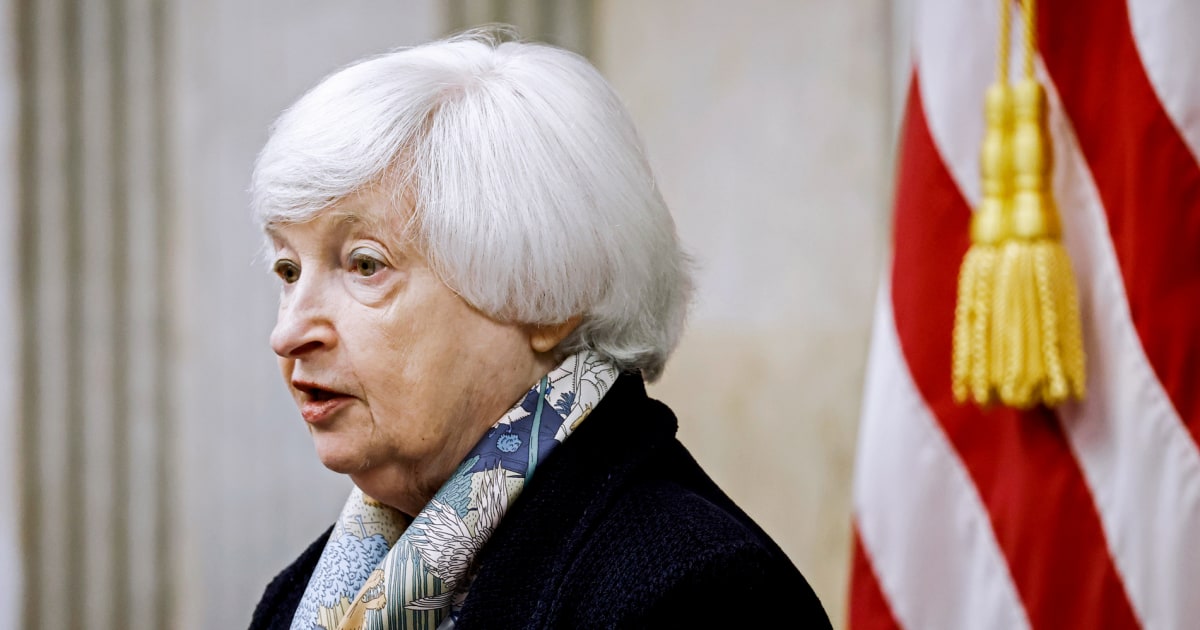
"…Despite widespread fears to the contrary, President Donald Trump’s tariffs have yet to show up in any of the traditional data points measuring inflation."
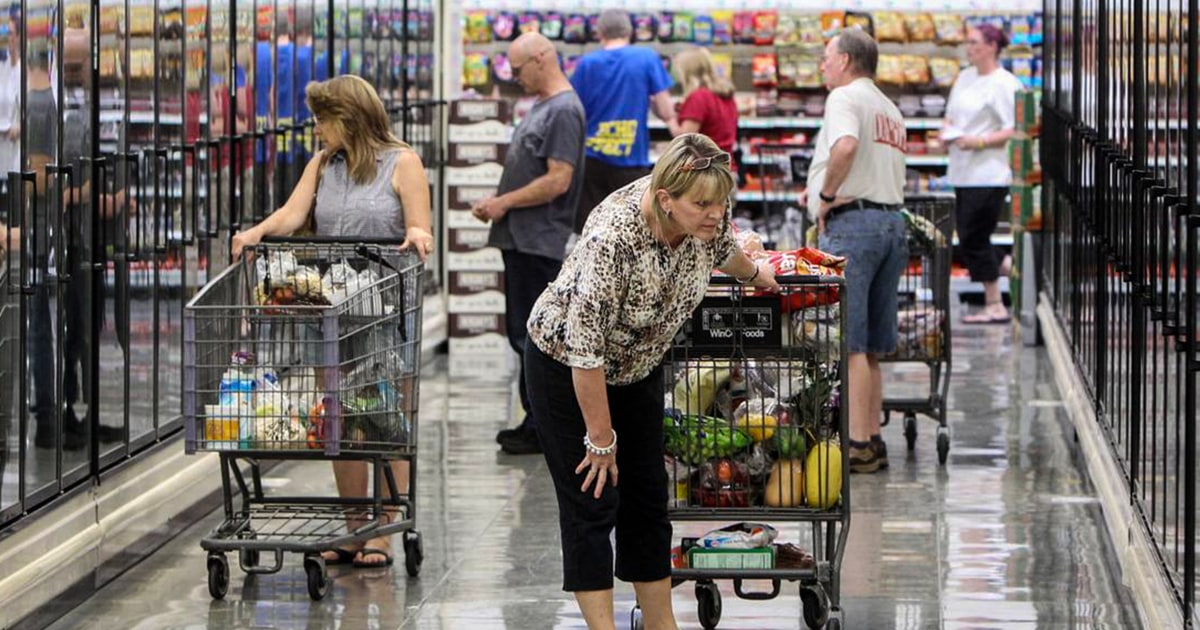
"…U.S. wholesale prices rose modestly last month from a year earlier, another sign that inflationary pressures remain mild."

"…U.S. filings for jobless benefits were unchanged last week, remaining at the higher end of recent ranges as uncertainty over the impact of trade wars lingers."

"…The total number of Americans receiving unemployment benefits for the week of May 31 jumped by 54,000 to 1.96 million, the most since November of 2021."
"…U.S. wholesale prices rose modestly last month from a year earlier, another sign that inflationary pressures remain mild."
"…The Trump administration is working toward deals with important trading partners and may extend the tariff pause for those negotiating in good faith."
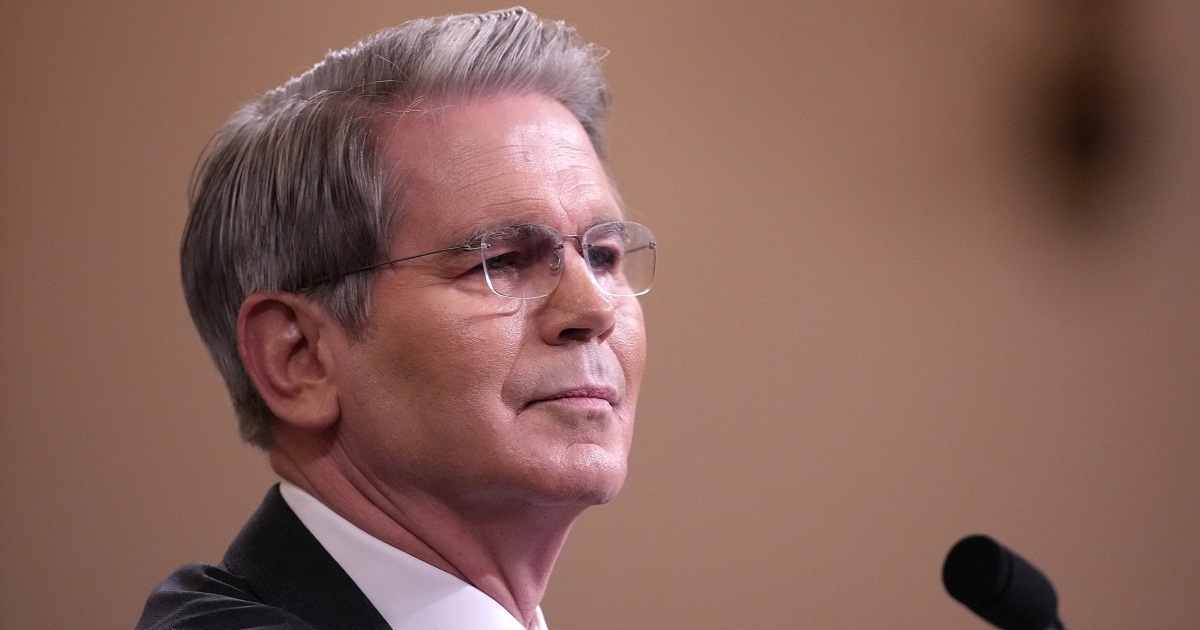
"…The U.S. drops the 145% tariff to 30%."
"…NBC News reporters are looking to hear from small-business owners and entrepreneurs of all types who are experiencing changes as a result of President Donald Trump's tariff policies."
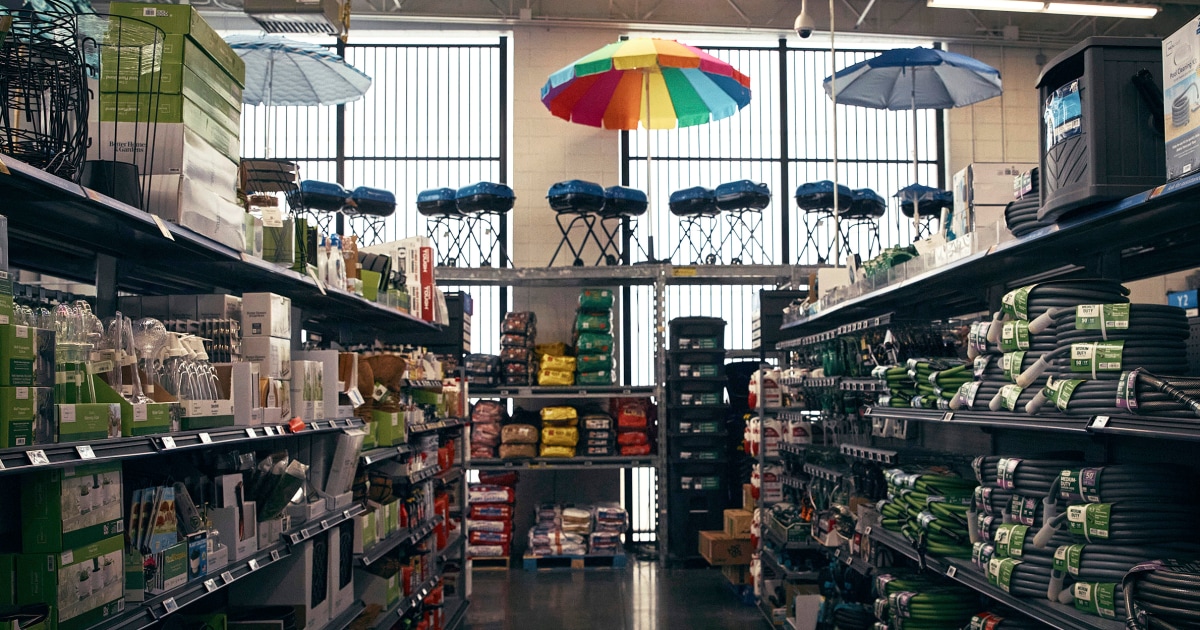
"…Under this new arrangement, if it stands, the US tariff rate against China will be set at 55%, which is actually an increase from the 30% rate set when the two countries declared a truce in May at the start of their negotiations."

"…For now, the consumer price report indicated that the impact on households remained relatively limited, primarily hitting items such as appliances, where the US depends heavily on China for supply."
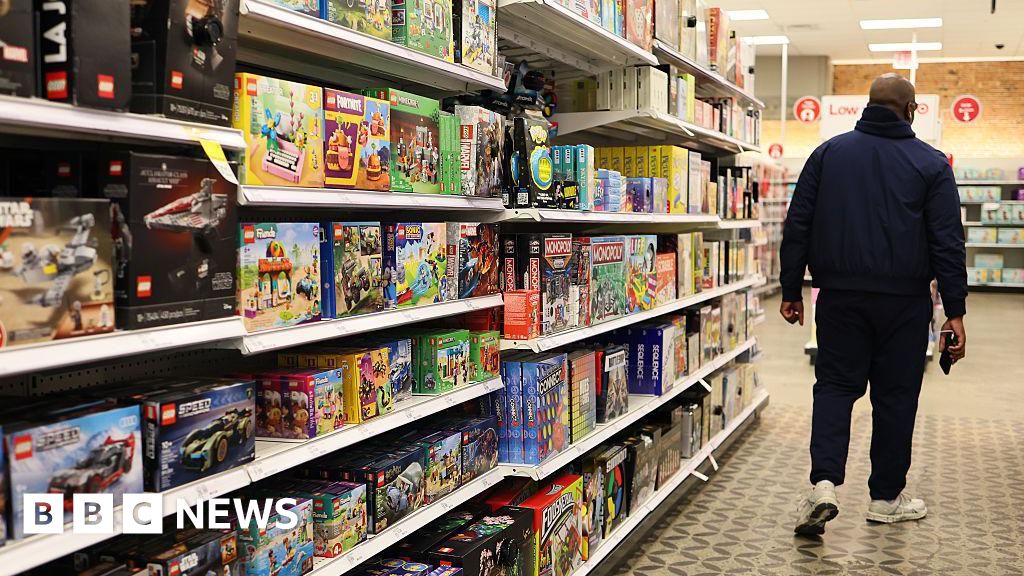
"…You're also becoming more concerned about the overall U.S. business environment."

"…The talks in London occurred after the U.S. and China accused each other of breaching a pact reached in early May that led to both countries lowering tariffs by 115%."
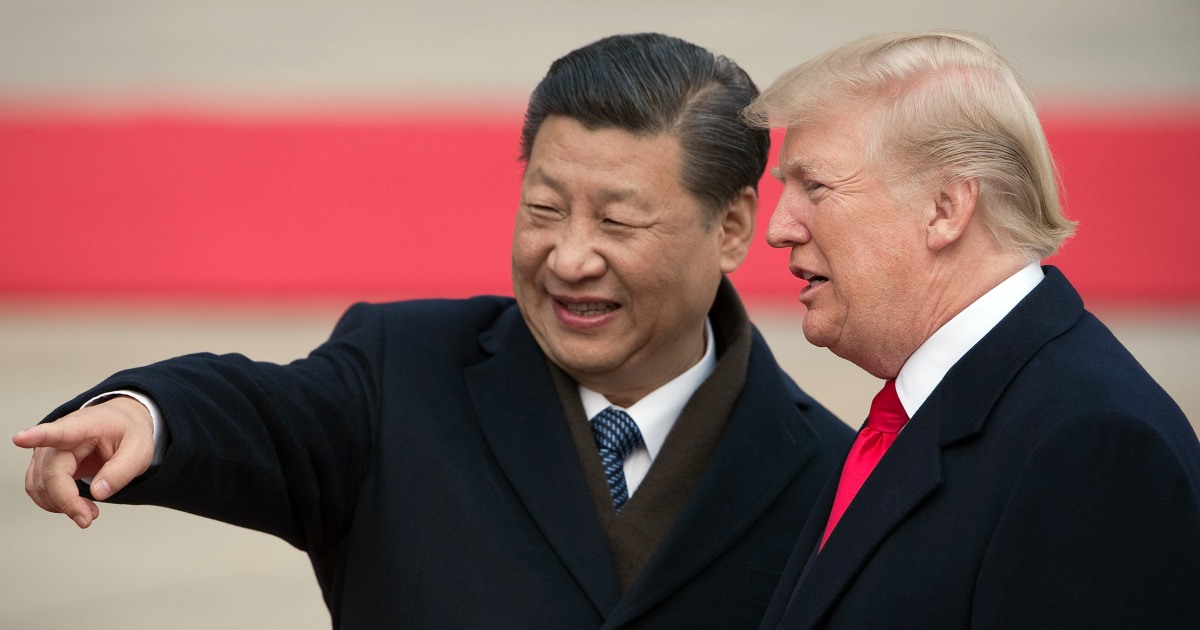
"…While inflation remains far lower than during its post-pandemic spike – when it reached a peak of 9.1% in June 2022 — it's still higher than the Federal Reserve's goal of driving it down to a 2% annual rate."

"…Overall goods prices held steady last month."

"…Inflation ticked higher in May but was more stable than expected as the early effects of President Donald Trump’s wide-ranging tariffs were offset by another drop in gasoline prices."
"…The U.S. Court of Appeals for the Federal Circuit ruled that Trump can collect tariffs on foreign imports while businesses and states challenge the taxes in court."
"…Trump hailed a favorable decision by a federal appeals court over his sweeping tariff policy as a “great” win for the United States."
"…As price pressures from the tariffs have begun to build, businesses are signaling they will pass along higher prices to customers — in spite of Trump’s warnings not to do so."

FAQ
The new tariffs, particularly the 10% tariffs on Chinese imports, are expected to increase U.S. inflation by potentially raising consumer prices. However, the full impact might take time to materialize as businesses may be hesitant to pass on higher costs immediately.
Despite rising jobless claims reaching 248,000, the highest in 8 months, U.S. employers added 139,000 jobs in May, indicating a complex situation with mixed economic signals.
Federal Reserve Chair Jerome Powell has highlighted the challenges of managing inflation and unemployment due to tariff impacts. The Federal Reserve's approach typically involves adjusting interest rates to balance economic growth and inflation control, but specific actions have not been detailed in the article.
History
- 20d

 40 articles
40 articles
- 20d

 32 articles
32 articles
- 20d

 28 articles
28 articles
- 21d

 25 articles
25 articles
- 21d

 12 articles
12 articles
